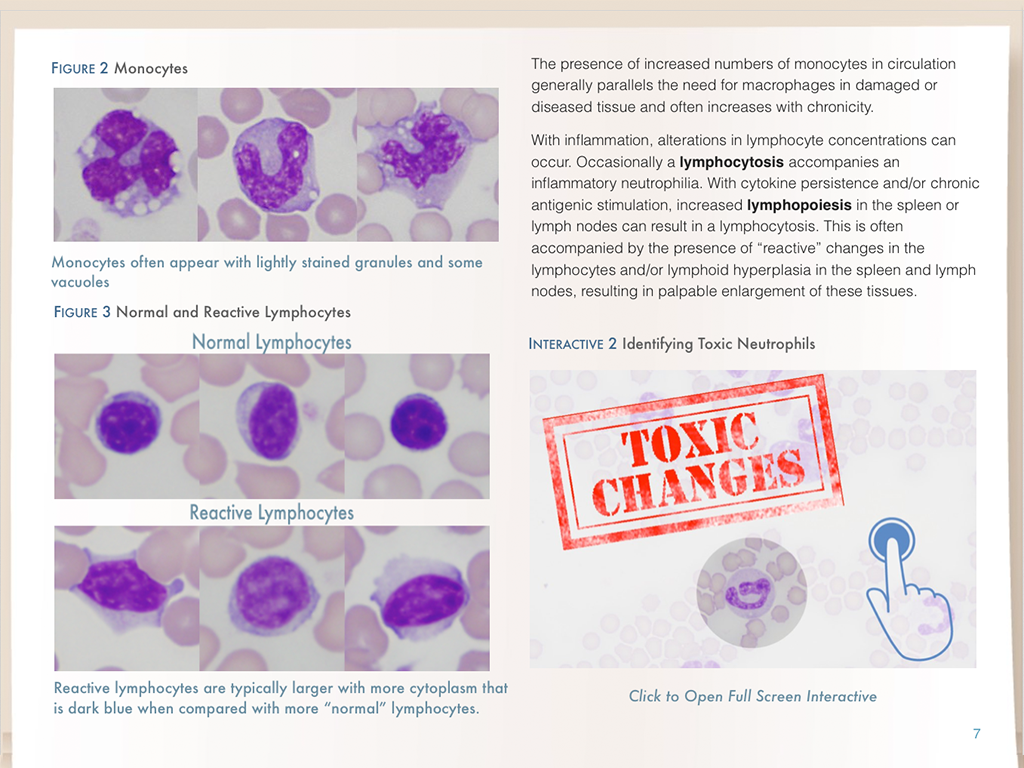iBooks
All iBooks can be downloaded from the iBook Store and viewed with any Apple device.
Introduction to Ovariohysterectomy
The two most commonly performed surgical procedures in veterinary practice, ovariohysterectomy and ovariectomy, often are the first ones veterinary students learn in school. While these procedures can be completed rapidly by experienced practitioners, they can be daunting for students. Therefore, the purpose of this interactive book is to help veterinary students envision the anatomical structures involved, the steps required to perform each surgery, the clinical scenarios in which these surgeries would be performed, and any associated consequences and complications.




Urine Charge
Elementary students often find it difficult to understand the structure and function of the urinary system. However, this is one of the most important systems in the body and truly deserves to be understood. The aims of this interactive book were to make the urinary system understandable, relevant to children and even a bit of fun. We’re hopeful that young students will find it helpful and stimulate their interest in learning more about the body.





Leukogram Patterns
Based on the fact that pattern recognition is a critical part of veterinary clinical practice, this book is designed to help veterinary students differentiate changes in hematology parameters typically associated with inflammation, corticosteroids or excitement. By being able to recognize four common leukocyte responses (inflammatory leukogram, inflammatory neutropenia, corticosteroid-mediated stress leukogram, catecholamine-mediated stress leukogram), they will be able to reach diagnoses more rapidly, determine the most appropriate therapeutic interventions to use, and provide accurate prognoses to clients.




Liver Function & Dysfunction
Students often struggle to understand the many functions of the liver and how they are affected by disease. This is because the liver does more than filter substances arriving from the gastrointestinal tract via the portal circulation. This interactive book was developed to address these difficulties by helping students to more fully understand how the liver functions, and which substances typically are measured in the circulation to assess the organ’s functional capacity.








